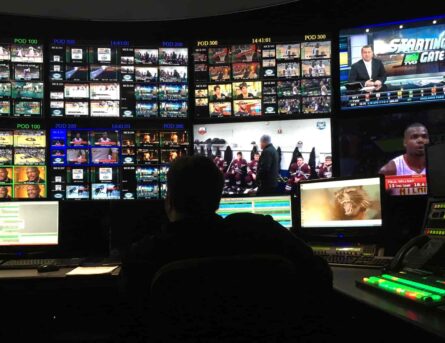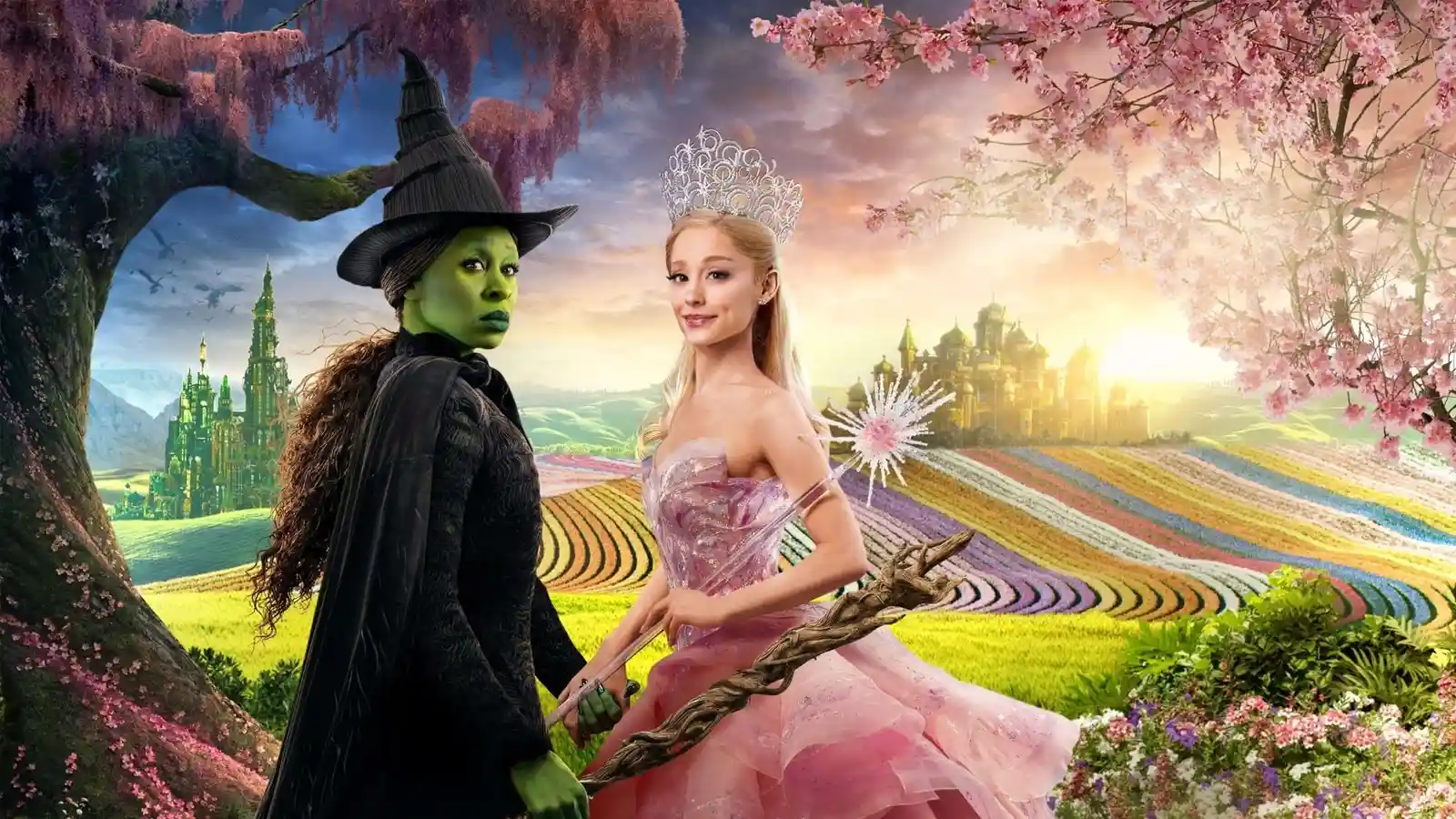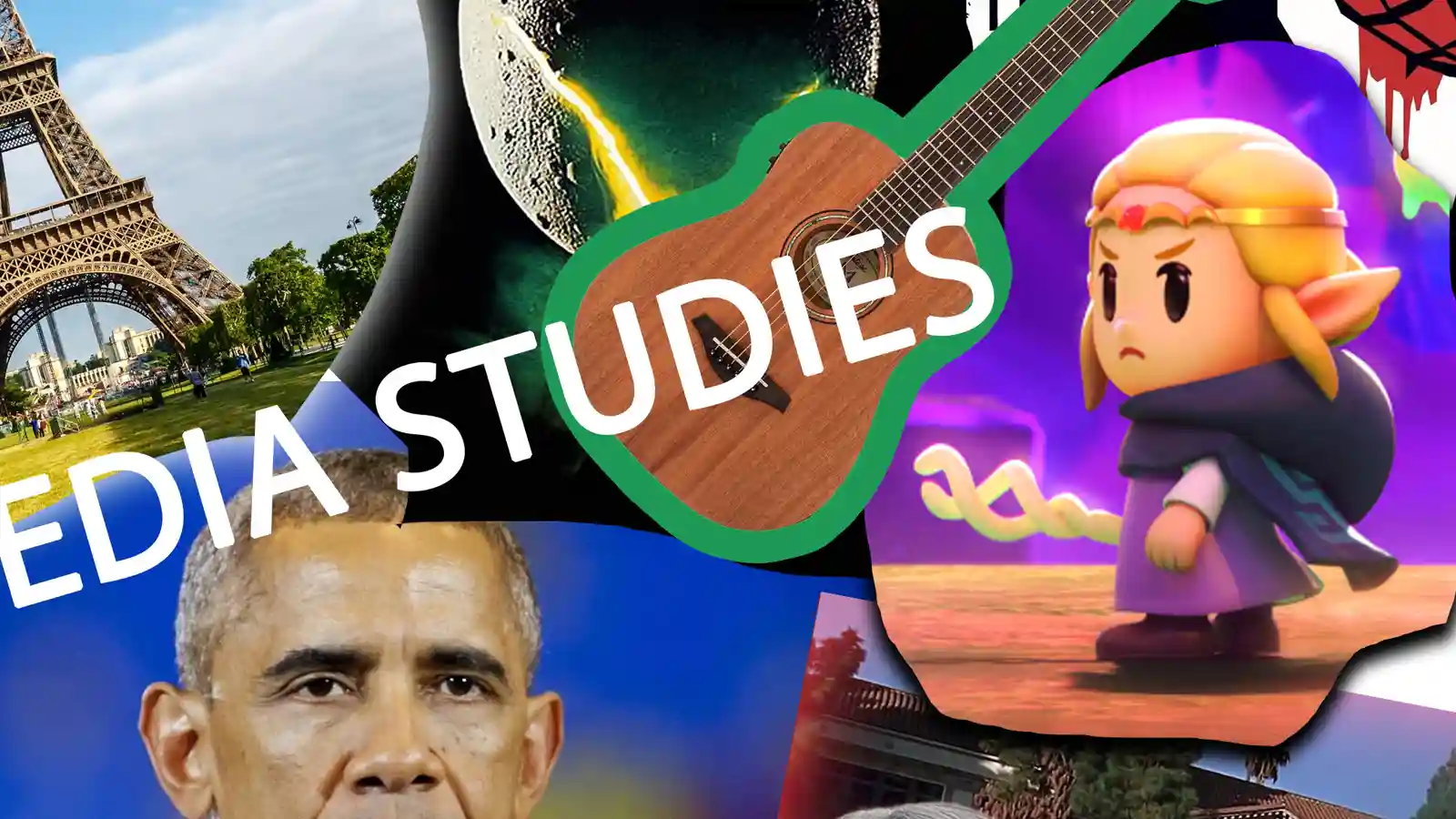Defining the Audience
Important definitions of audience that will help you get to grips with this key concept in media studies.
Introduction
With the increase in accessibility and popularity of broadcast media, such as newspapers and television, there have been many attempts to understand and define the audience. Initially, audiences were seen as a large and homogenous group who passively consumed the media and accepted whatever message was being communicated by the text. The hypodermic needle theory epitomises this model of communication.
However, researchers quickly realised that audiences were media-literate and actively selected which products to consume and which to ignore. For example, the Uses and Gratifications theory offers various reasons why we choose to engage with the media. Of course, new digital technologies enabled a more interactive experience, such as live tweeting during a football match or voting for your favourite celebrity in a reality television programme, so that old distinction between the producer and audience is now blurred.
Despite these changes, in media studies, the audience still refers to a group of consumers or recipients of a text.
Contents
Mass Audience
The mass audience, or broadcast audience, is the very large group of people who watch the most popular television programmes, such as soap operas and sit-coms, or tune into the national radio stations to listen to their favourite breakfast show. The numbers are measured in the millions.
Niche Audience
By contrast, niche audience refers to a smaller group of people with similar interests, needs and backgrounds. For example, they might have a shared love of gardening or prefer listening to thrash metal music. Either way, there are magazines and blogs to suit their tastes.
Passive Audience
A passive audience is directly influenced by the messages encoded in media texts because they do not question or challenge those meanings. Although this definition of the audience is dismissed by most critics, it does help to explain how media texts reinforce some values and ideologies which we continue to accept as fact.
Active Audience
An active audience is more likely to develop their own interpretation of a media text based on their beliefs and social context. This decoding process could even be subconscious appreciation of the product. An active audience will also determine which texts to consume based on their interests and needs, such as the preference for a particular news channel because of its political bias.
Perhaps the best example of this model of communication is Stuart Hall’s reception theory. The cultural theorist argued we negotiate and interpret meaning through our own framework of knowledge rather than simply accepting a text’s message. Therefore, two people with very different cultural or social backgrounds will probably have two very different responses to a media text because their interpretation will be influenced by their experiences.
For example, Disney now put place important disclaimers at the start of some classic cartoons to warn contemporary viewers that the shows contain “negative depictions and/or mistreatment of people or cultures”. This warning recognises modern audiences will have a different reaction to the characters and events compared to the original viewers because we no longer tolerate such harmful values and stereotypes.
Roland Barthes was a strong supporter of the reader-response criticism of literature and his definitions of denotation and connotation and myth draw attention to how cultural contexts will shape the meaning of a sign.
Further Study
Now you are familiar with some of the basic concepts of audience theory, you should develop your awareness of the different institutions which try to quantify the audience and their reasons for measuring the level of engagement with media texts. It is also important to learn more about demographics and read our guide to defining the audience in terms of their psychometrics.
Stay Tuned
Curious about how audiences respond to media texts? The following articles explore how we interact and interpret the media.







